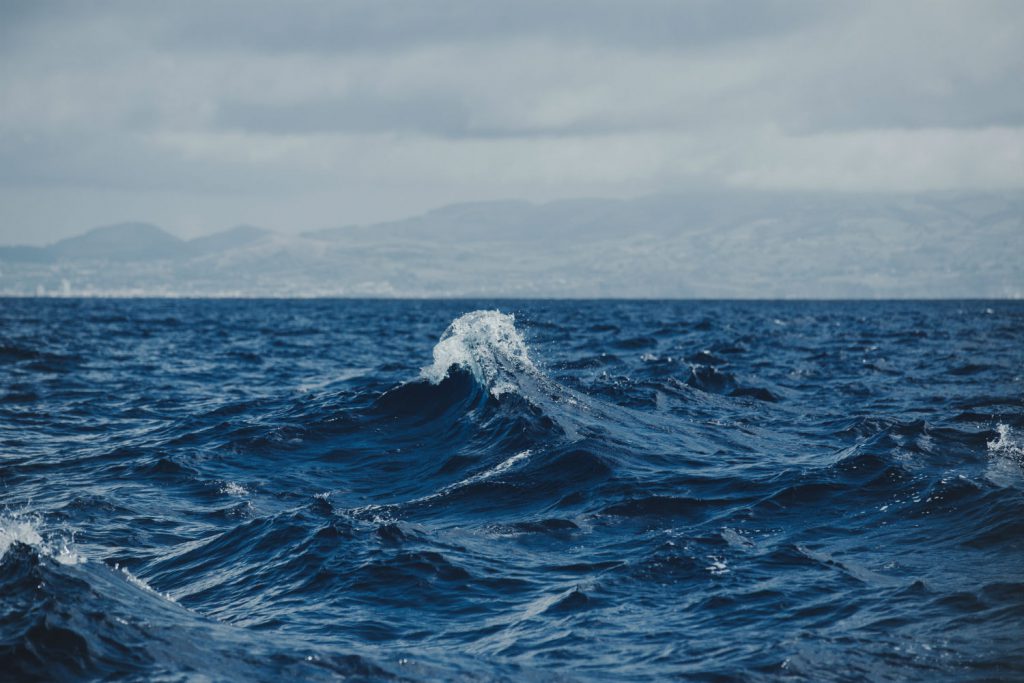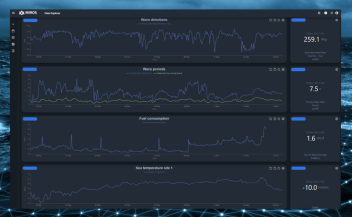Keeping Your Powder Dry: Why Dry Sea-State Measurements Are the Future
Miros’ wave radar technology delivers accurate, real-time, dry sea-state measurements of the ocean surface without the maintenance and costs related to using equipment which is directly exposed to seawater.




Careful monitoring of the environment is paramount for offshore operations. Staying on top of when weather windows allow for efficient and safe operations is vital. Relying on in-water sensors and weather forecasts has traditionally been considered “good enough”. However, as our customer Equinor experienced (you can read the case study here) the costs for renting and maintaining in-water sensors, such as buoys, can be both expensive and inefficient.
Dry Sea-State Measurements: Why Invest?
When operators* select environmental instrumentation for offshore operations, their choice tends to fall on buoys or ADCPs. That’s often simply because this is the equipment they are used to. So why consider using dry sensors when in-water solutions have delivered good results in the past? Miros’ wave radar technology introduces a host of benefits that operators should consider when selecting equipment.
Reliability
Buoys are exposed to the harsh forces of the ocean. This can easily lead to damage and risks the loss of data. The fact that dry wave and current radars are not situated in the water makes them more robust and a more reliable source of data.
Maintenance
Miros’ wave and current radars are not directly exposed to seawater. They therefore provide accurate, real-time ocean surface measurements without the risk of damaged caused by the wear and tear of the ocean. Investing in dry sensors saves operators the high maintenance costs related to traditional in-water sensors.
Accuracy
The fact that sensors submerged in seawater are directly exposed to the forces being measured makes them an accurate source of data. However, several comparisons of data from Miros dry sensors and wave buoys manifest the same level of accuracy when measuring sea state.

Figure 1 – Data from real-life measurements on a floating installation in the North Sea comparing Miros wave radar measurement to buoy measurements.
The annual costs related to renting a traditional wave buoy are currently between 120,000 and 170,000 USD. Each deployment or retrieval takes four hours on average. This adds significant expense to operations. The potential savings of renting a wave radar from Miros are between 60-80%.
Miros’ dry, IoT-enabled sensor technology delivers accurate, real-time ocean surface measurements without the maintenance and costs related to using equipment which is directly exposed to seawater. The sensors are Cloud-integrated, making access to data easy, on- or off-shore. Additionally, any upgrade of software is seamless and cost-effective. Keeping your instrumentation dry is an option worth considering.
Get in touch to discuss how we can help you future-proof your sea state monitoring.
*or anyone in need of ocean state monitoring for surveillance, incident analysis, etc.


